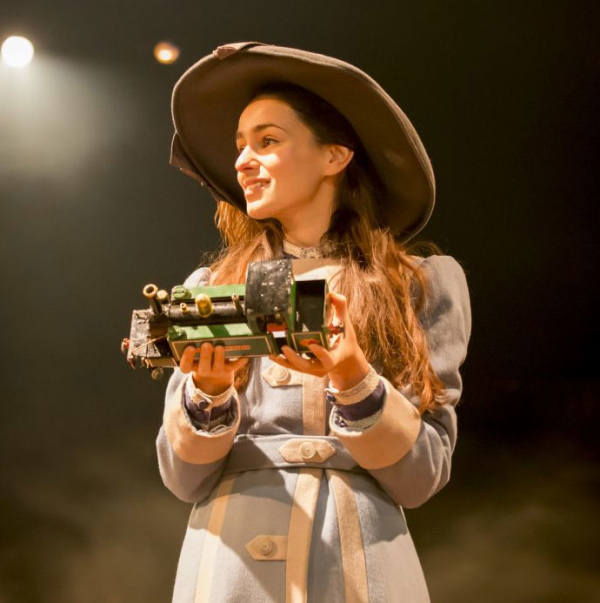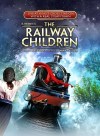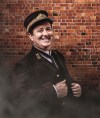The Railway Children (King's Cross Theatre)
The children’s classic comes to the newly built King’s Cross Theatre

In its new home of the purpose-built King's Cross Theatre, writer Mike Kenny and director Damian Cruden’s The Railway Children starts in the street, where a brass band plays beside the box office. The tune will be immediately familiar to viewers of the 1970 film version of E.Nesbit’s charming children’s tale, which narrates a 1900’s London family falling upon hard times and moving to rural Yorkshire after the father is mysteriously sent away.
‘Railway staff’ line the foyer entrance, which is decked as an Edwardian station complete with vintage signs for the toilets and merchandise. Entrance doors to the show are ‘platforms’, and we are called in by a station announcement. The stage itself – a train-track in between the platforms – divides the audience in half, forming an engaging viewing experience.
This is fun immersive theatre, steeped in a nostalgia that operates on multiple levels. There’s the collective – perhaps quite British – nostalgia for the past, for steam trains and iced buns. There’s the nostalgia we – the adult audience – may hold for the book or film, both of which are warmly acknowledged in the script and scenography. Then there’s the characters themselves. We meet the titular children – Bobbie, Peter and Phyllis – as adults telling their story. We are all participants. We are all fondly remembering something, even if it’s just our own youth.
That’s not to say this alienates younger audience members, far from it. The sing-song storytelling dialogue, fast pace and lively characterisation (with notable performances from Louise Calf as Phyllis and Jeremy Swift as Mr Perks the station master) keep them gripped.
Special effects are impressive, with lighting and fog portraying the movement of a train with energy and excitement. In contrast to the peripheral set design, which includes a well-utilised footbridge, the rest of the set is minimal and the cast perform with few props. This approach mostly works well – for all its immersive qualities, we are still given room to use our imagination.
One of the biggest stars of the show is the genuine Victorian steam train, loaned by the York Railway Museum (where the play was first performed in 2008 before moving to Waterloo in 2010) and conveyed with such spectacle that its entrance elicits some of the biggest cheers of the night.
The production could perhaps benefit from a little more gravitas throughout to make that final – famous – scene all the more poignant. It could be easy to slip too far in to the pantomime mode that sometimes underscores the dialogue, but this is only a small gripe.
This is family entertainment for all ages, performed with real spirit and well worth a visit.















